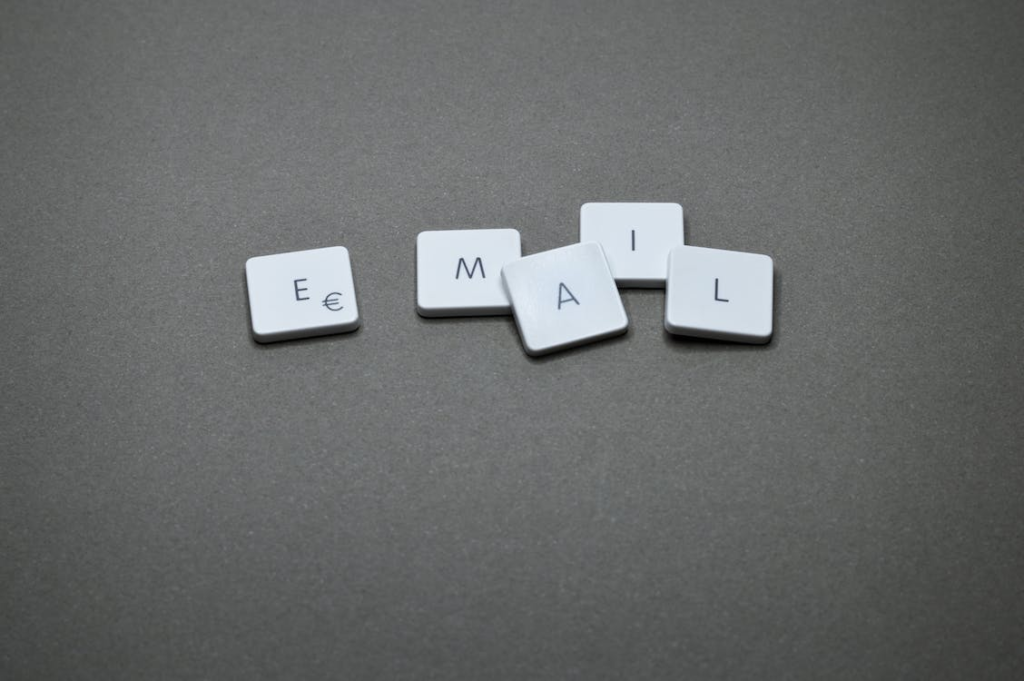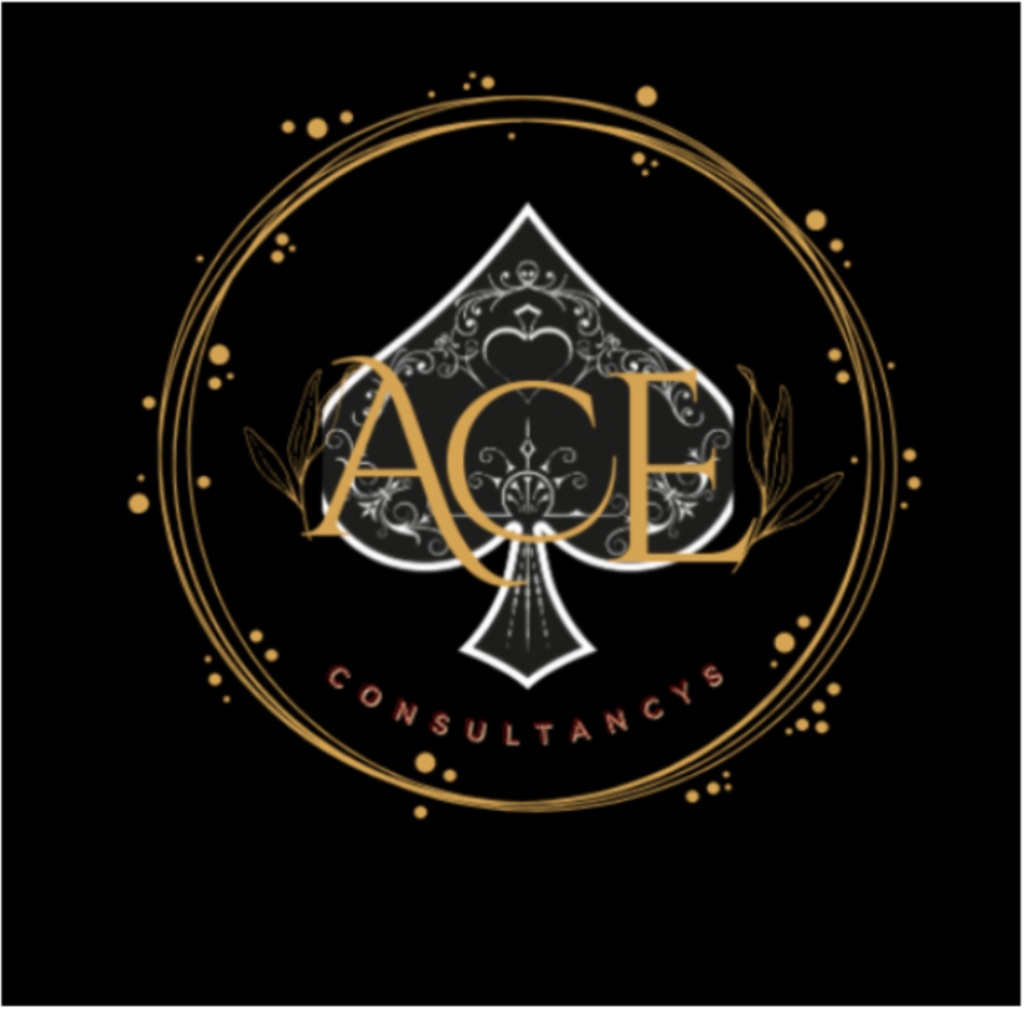
Email marketing is a powerful tool for interacting directly with customers, building brand recognition, promoting a range of products and services, and fusing traditional outreach methods with digital platforms. It provides tailored opportunities to develop deep connections while generating significant benefits over time.
The subtleties of email marketing are discussed in this article. You’ll learn about successful case studies and gain insights into best strategies. Additionally, you’ll discover resources that multiply its impact. As the digital landscape changes, it is crucial to master email marketing. For sustaining client involvement, this is crucial. Long-term brand loyalty is also promoted through it. Every component has a role to play, from creating catchy subject lines to scheduling emails perfectly. They all work together to form a strong marketing plan. So why should one wait? Dive right in to learn more!
Understanding Email Marketing
So, what is email marketing? Email marketing now stands as a key tool in the quick-paced realm of digital marketing. This method means using email to interact directly with clients. It enhances brand recognition. It advertises particular products or services as well. Email marketing is a form of direct marketing with a digital edge. It is already proven to be effective in building relationships, leading to significant results. Email marketing covers different types of communication, from welcome messages to marketing promotions. Each type of email offers its unique purpose as well as benefits. Let us learn some best practices to implement in your marketing strategies.
Best Practices for Email Marketing
Following these recommended practices makes it easier to create messages that engage audiences in a meaningful way and lead to campaign success.
- Craft Eye-Catching Subject Lines
Create attention-grabbing subject lines that draw readers in with offers, urgency, curiosities, or personalisation to increase open rates of messages.
- Intentionally Structure Your Message
Structure emails with important information at the top, a scannable layout, and obvious calls to action to help readers.
- Keep Your Design Simple
Use a straightforward, clean layout that emphasises branding, concentrates on calls to action, and guarantees device readability.
- Only Email Opted-In Subscribers
To improve productivity and adhere to the laws of your country, only email subscribers who have opted for your emails willingly.
- Strategically Time Your Emails
Send emails at times when recipients are most engaged by strategically timing them with marketing automation. Automated processes facilitate awareness and funnel development.
- Keep Tabs and Run Tests
Use platforms to track analytics such as openings, clicks, and conversion rates. Run testing and data analyses frequently to keep your campaigns up-to-date with the trends.

Tools for Effective Email Marketing
These featured platforms facilitate efficient campaign development and audience outreach through CRM connections, visual builders, personalization tools and multichannel functionality to enhance email marketing impact.
- SendPulse
SendPulse provides a comprehensive multi-channel platform connecting through email, SMS, push notifications and more with visual builders and CRM integration.
- GetResponse
GetResponse offers email campaigns, forms, webinars, and other channels with drag-and-drop builders, segmentation and CRM for targeted, personalized communications.
- ActiveCampaign
ActiveCampaign focuses on establishing relationships through segmented tailored content delivery like broadcast, trigger and targeted emails for ongoing engagement.
- MailChimp
MailChimp empowers marketers with drag-and-drop design, subject line optimization, customer journey mapping and robust email capabilities.
- Sendinblue
Sendinblue offers an all-in-one solution encompassing email, CRM, chat and transactional messages with an intuitive builder for quick professional email creation.
Case Studies of Successful Email Marketing
- The Science Behind Obama’s Campaign Emails
Barack Obama’s presidential campaign emails from 2008 showed the power of smart marketing by utilising customization and testing to generate $690 million.
- The Amazon Email Experience
As an example of consistent relevancy, Amazon engages customers throughout their journey with pertinent shipment information and promotions.
- Watsi: A Non-Profit’s Successful Email Strategy
Non-profit Through customised newsletters and social proofs that demonstrate the financial sustainability of connections, Watsi promotes recurring funding.
- ContactMonkey: Onboarding Through Triggered Emails
By streamlining onboarding with triggered emails, ContactMonkey increased growth and customer happiness, demonstrating the value of timely messages.
- Allakando: Personalization at Scale
By segmenting lists and customising material, Allakando kept personalization at scale while emphasising data-driven personalization.
Conclusion
In conclusion, email marketing continues to be an impactful component of any digital strategy. When implemented properly following industry-leading guidelines, it offers a versatile avenue for connecting with customers. Leveraging features within sophisticated platforms and applying lessons from case studies can greatly enhance email campaigns. Careful adherence to principles around structure, design, timing and personalization optimizes audience interactions. This fosters valuable brand loyalty which advances key goals over the long term. As the digital realm rapidly evolves, maintaining relevance requires full adoption of potent techniques like email. So, connect with us and learn more if you are ready to unlock the potential of emails for your business!
FAQ
Email marketing is a digital strategy that involves sending targeted emails to subscribers to promote products, build relationships, and drive conversions. It remains one of the most cost-effective tools for direct communication.
Use opt-in forms on your website, offer valuable incentives (like eBooks or discounts), and ensure users willingly subscribe. Avoid buying email lists to stay compliant with regulations like GDPR and CAN-SPAM.
The ideal time varies by audience, but generally, mid-week mornings (Tuesday to Thursday) show higher open and click-through rates. Testing different timings helps refine your strategy.
Craft compelling subject lines, personalize content, segment your audience, and optimize for mobile. A/B testing subject lines and send times also improves engagement over time.










